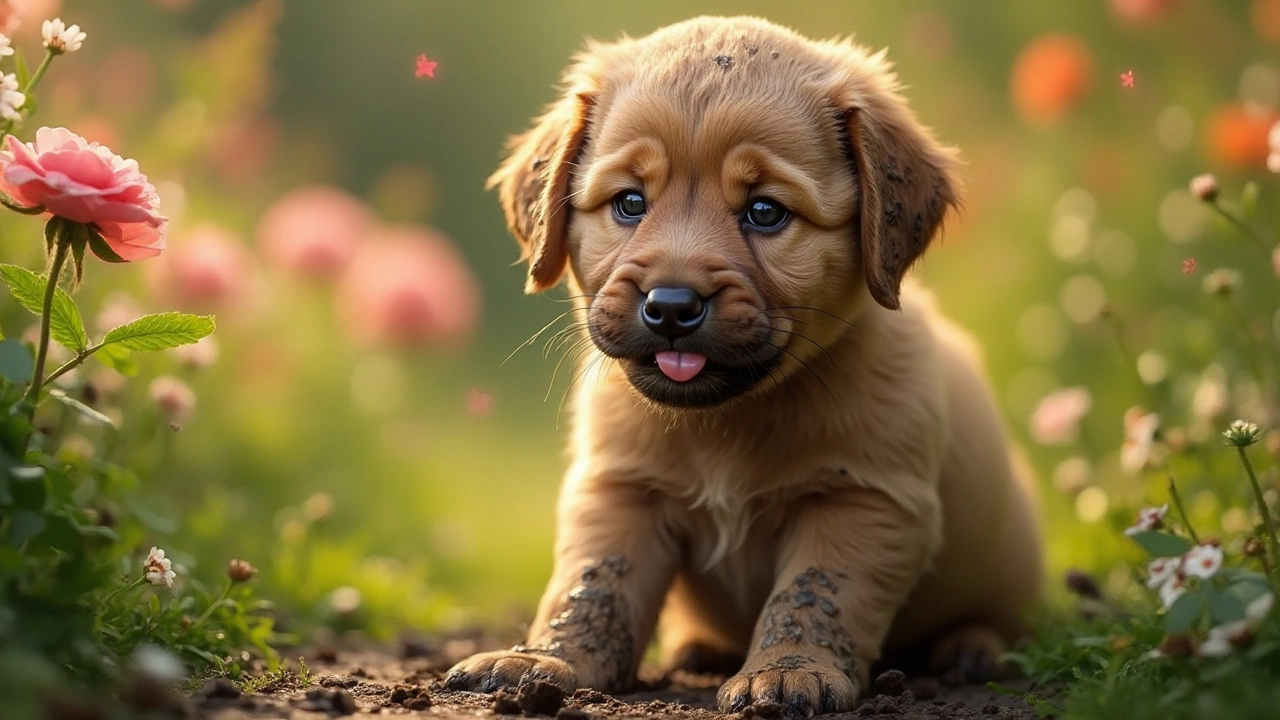Dog Hygiene: Simple Tips for a Clean, Healthy Pup
Good hygiene isn’t just about looking nice; it stops skin problems, keeps odors down, and helps your dog feel comfortable. A clean dog is a happy dog, and a happy dog makes life easier for you. Below are the everyday steps you can add to your routine without any hassle.
Bathing and Coat Care
How often you bathe your dog depends on the breed, lifestyle and skin type. Most dogs do fine with a bath every month or two. If your pup rolls in mud or smells strong, a quick wash is fine. Too many baths can strip natural oils, so stick to the schedule that matches their activity level.
Pick a shampoo made for dogs—human products can be too harsh. Look for gentle, fragrance‑free formulas with natural ingredients like oatmeal or aloe. Wet the coat thoroughly, lather, and rinse until no suds remain. Leftover soap can cause itching, so a good rinse is crucial.
After the bath, towel‑dry or use a low‑heat dryer. While the coat is damp, brush it to remove tangles and loose hair. Brushing also distributes natural oils, making the fur shiny and less prone to mats. For double‑coated breeds, a slicker brush works best; short‑haired dogs can use a simple rubber brush.
Dental, Ear, and Paw Maintenance
Dental health is often ignored, but plaque can lead to gum disease and bad breath. Aim to brush your dog’s teeth two to three times a week with a dog‑specific toothbrush and toothpaste. If brushing feels tough, dental chews or water additives are a helpful backup.
Ears collect wax and debris, especially in floppy‑ear breeds. Check them weekly and wipe the outer part with a damp cotton ball. Never push anything deep into the ear canal; if you notice redness or a strong smell, ask a vet.
Paw care keeps your dog comfortable on walks. After a walk, rinse the pads with warm water and dry them well. Look for cuts, thorns or excess hair between the toes. A light paw balm can protect against dry, cracked pads, especially in winter.
Nail trimming is another essential step. Overgrown nails can cause pain and affect gait. If the quick (the pink part) is visible, trim just a little beyond it. For nervous pups, a nail grinder works slower but can be less frightening.
Putting these chores into a short weekly routine takes only a few minutes. Set a specific day for each task—bath once a month, teeth brushing twice a week, ear checks weekly—so it becomes habit. Your dog will get used to the rhythm and stay calmer during each session.
Remember, hygiene isn’t a one‑size‑fits‑all plan. Adjust the frequency based on your dog’s breed, age and environment. If you’re ever unsure, a quick chat with your vet can give you a personalized schedule.
Keeping your dog clean, from coat to paws, protects their health and strengthens the bond you share. A little regular care now means fewer visits to the vet later, plus a fresher‑smelling home for everyone.

Understanding Dirty Dog Syndrome: How to Keep Your Pup Clean and Happy
Dirty Dog Syndrome, though not an official medical condition, refers to the state where a puppy appears persistently grimy despite regular grooming. This article delves into reasons why puppies sometimes don't stay clean and offers practical solutions to ensure they maintain their pristine coats. From understanding a puppy's play behaviors to using the right grooming tools, we've got you covered. Uncover the secrets to balance a pup's natural exploratory instincts with good hygiene practices. We’ll also explore why some puppies seem to defy cleanliness more than others and what you can do about it.
View more